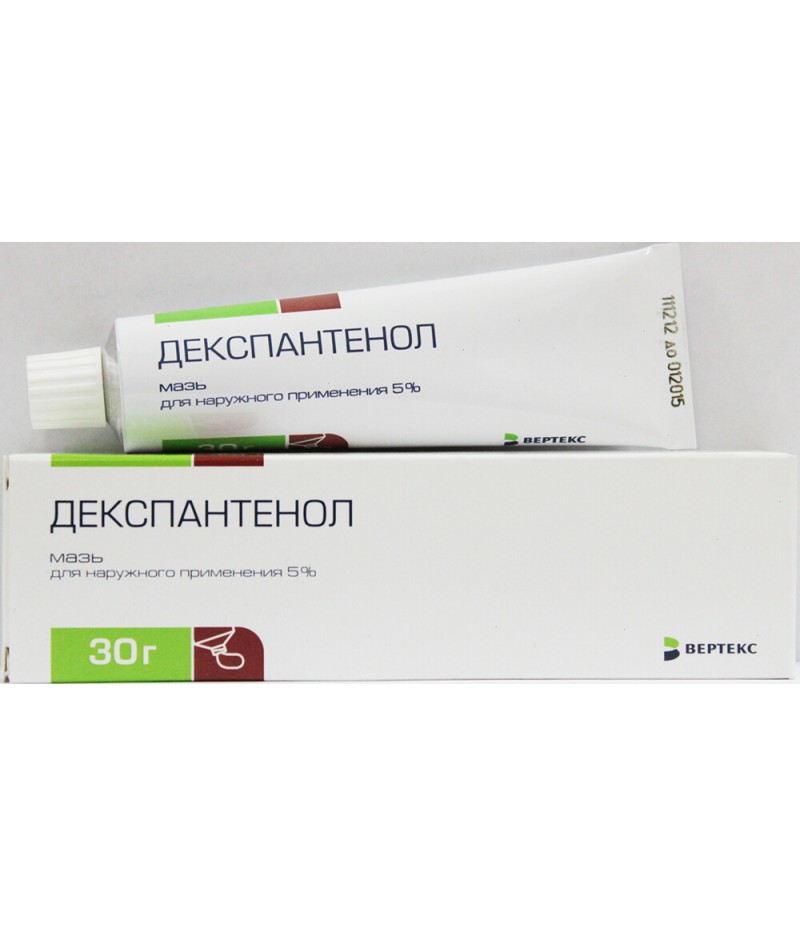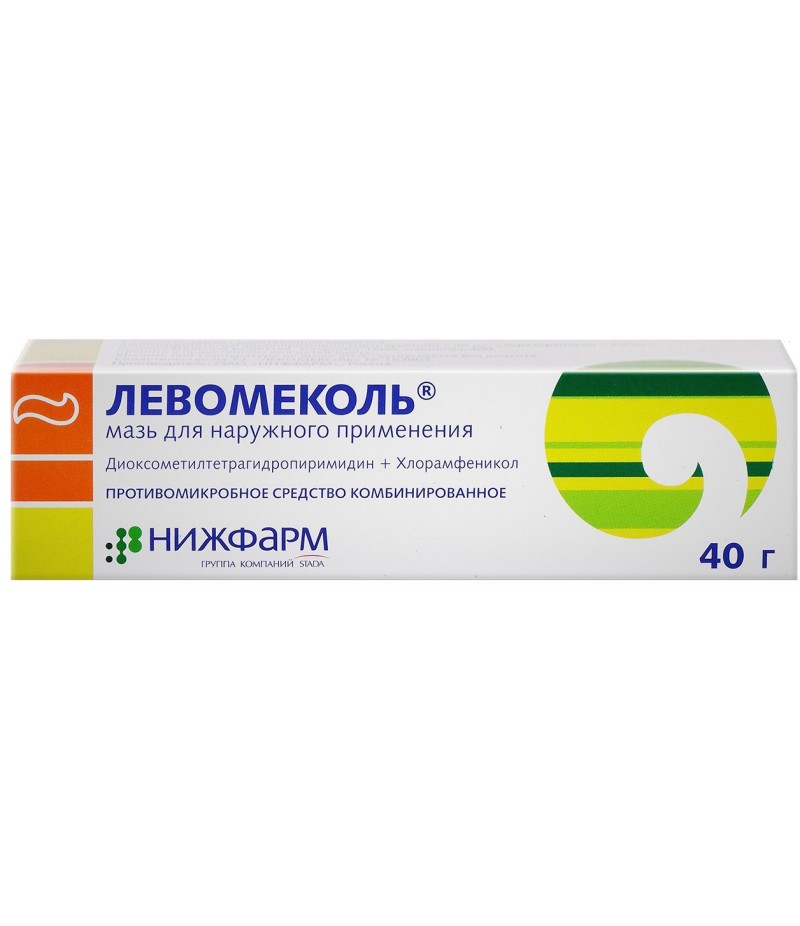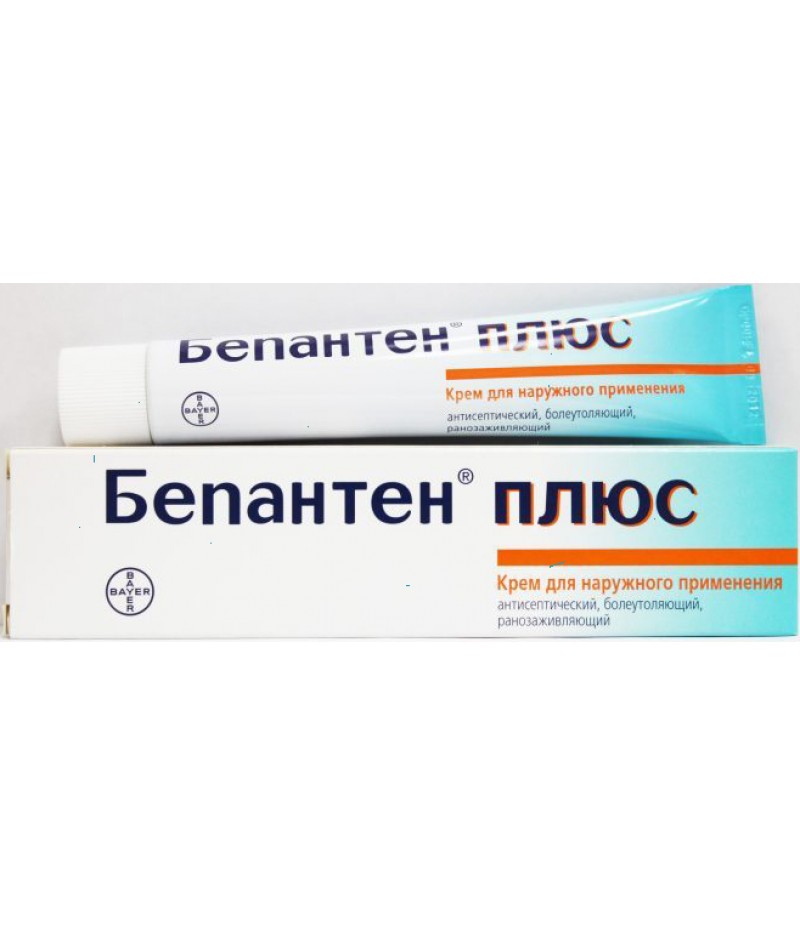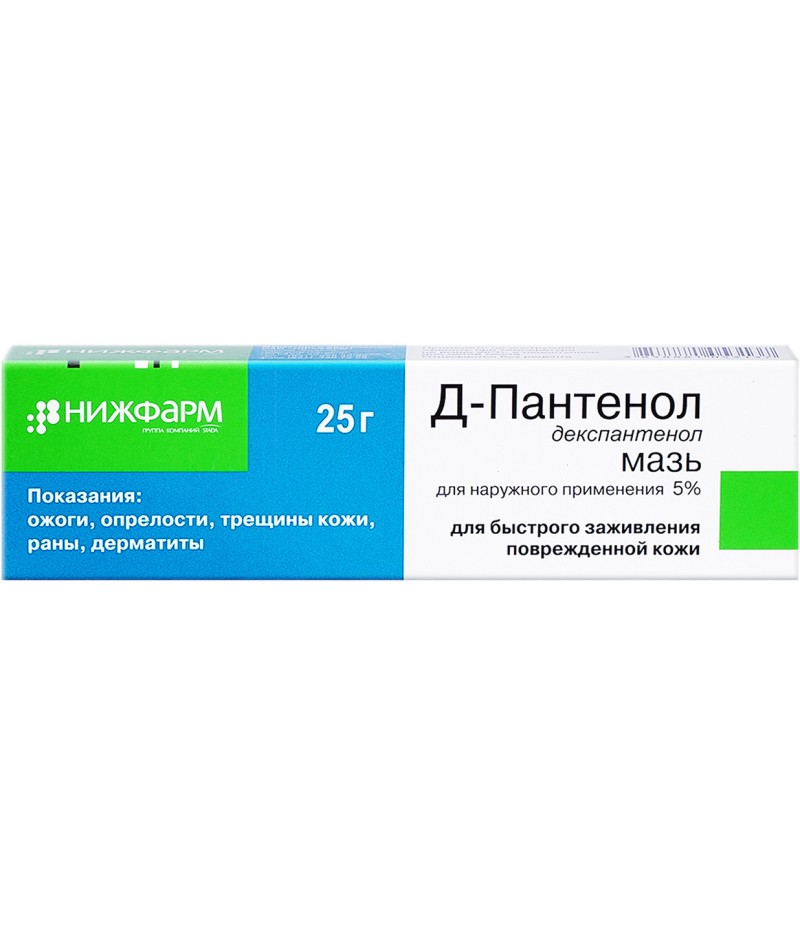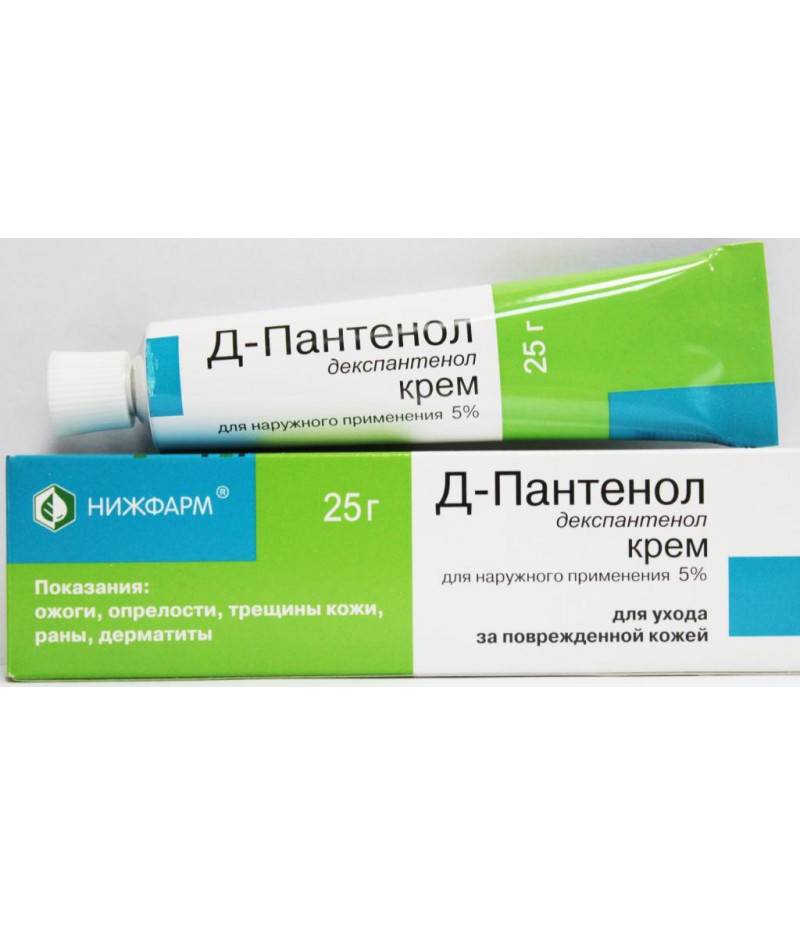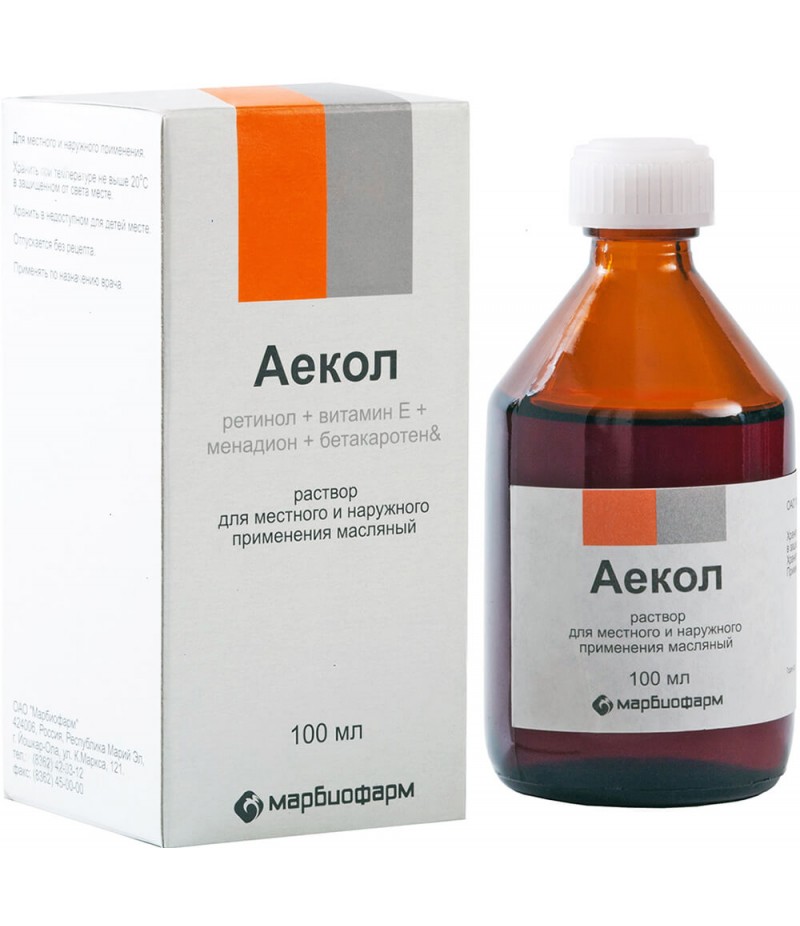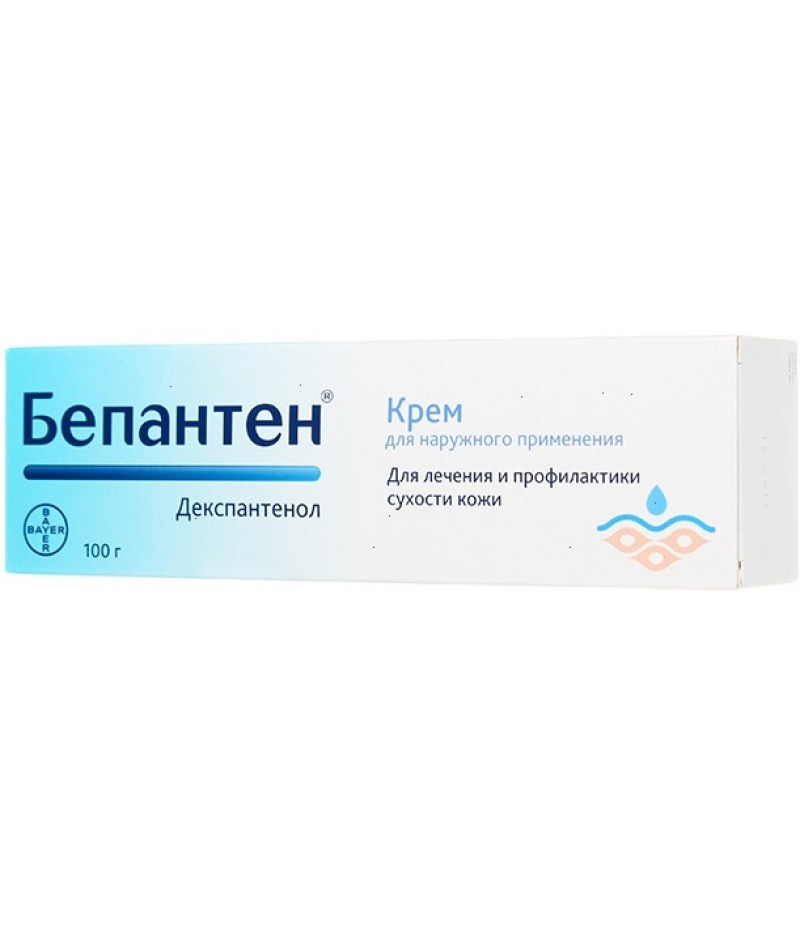Dexpanthenol ointment 5% 30gr
- $7.88
- 3 or more $7.75
- Availability:In Stock
Dexpanthenol user manualYou can buy Dexpanthenol on this pageCompositionOintment Dexpanthenol has the following composition: active substance - dexpanthenol; additional components - petroleum je..
Tags: ointment
Dexpanthenol user manual
You can buy Dexpanthenol on this page
Composition
Ointment Dexpanthenol has the following composition:
active substance - dexpanthenol;
additional components - petroleum jelly, almond oil, lanolin anhydrous, water, paraffin liquid, white beeswax, cetostearyl alcohol.
The gel in addition to the active substance dexpanthenol contains glycerol, dimexide, water, ethyl alcohol, carbomer, diethanolamine.
The spray contains dexpanthenol and such additional components as natural sea salt, dicalcium hydrogen phosphate, potassium hydrophosphate, purified water.
The solution in addition to dexpanthenol includes a 0.5% sodium chloride solution, hydrogen dicalcium phosphate, potassium dihydrogen phosphate and water for injection.
Also popular is a form of release such as Dexpanthenol E. In addition to dexpanthenol, it includes a-tocopheryl acetate as an active ingredient. Additional substances: white soft paraffin, cetostearyl alcohol, macrogolglycerol hydroxystearate, diethanolamine, purified water, liquid paraffin, macrogol cetostearyl ether, stearic acid, benzyl alcohol.
Form of issue
The medicine is available in the form of an ointment in aluminum tubes, a spray, a solution and a gel.
pharmachologic effect
Has a metabolic action, participates in the processes of acetylation and oxidation, as well as in the synthesis of acetylcholine, porphyrins and corticosteroids. Possesses anti-inflammatory properties.
Pharmacodynamics and pharmacokinetics
This product belongs to the vitamins of group B. It is a derivative of pantothenic acid. Influences the epithelial tissue. Acts as an anti-inflammatory.
Once in the tissue, the active substance of the drug is converted to pantothenic acid, which is part of coenzyme A. In its composition, it participates in the processes of acetylation, metabolism, as well as the formation of porphyrins, acetylcholine and corticosteroids. The medicine activates the regenerative processes of the skin and mucous membranes, increases the density of collagen fibers, accelerates mitosis, improves cellular metabolism.
With external application, the drug penetrates well into deep layers of the skin and systemic blood flow. Biotransformed in the tissues of the body with the formation of pantothenic acid, which binds to blood plasma proteins. Excreted in the form of pantothenic acid.
Indications for use
The drug is intended for oral and topical use in diseases of the oral cavity, larynx, gastric mucosa, nose, respiratory inflammatory pathways, as well as paresthesia in the case of neurological problems.
Indications for parenteral administration: postoperative intestinal atony, pantothenic acid deficiency (malabsorption syndrome), paralytic ileus.
External application is indicated for wounds and burns, abscesses, bedsores, dermatitis, furuncles, diaper rash, the need for therapy and prevention of cracks and inflammation of the nipples during breastfeeding, treatment of mucous membrane defects in the uterus.
Contraindications
The agent should not be used in case of hypersensitivity to its components. For parenteral use it is forbidden to use it for hemophilia and mechanical intestinal obstruction.
Side effects
The medicine rarely causes side effects. There may be systemic and local allergic reactions.
Instructions for Use of Dexpanthenol (Method and Dosage)
Inside take the drug in a dosage of 200-400 mg per day. For children, doses of 100 to 300 mg per day are indicated. Instructions for the use of parenteral Dexpantenol (subcutaneously, intravenously, intramuscularly) informs that the daily dosage is 500 mg.
For those who use the cream or ointment Dexpanthenol, the instruction for use informs you that you need to do this once a day. The agent is applied directly to the affected area of the skin. In the case of treatment of defects in the mucous membrane of the uterus, the drug can be used several times a day. In the form of a compress superimpose on the nipple area of the breast. Cream Dexpanthenol E is used according to the same scheme.
Gel for children and adults can also be used several times a day on affected parts of the skin. The duration of therapy depends on the nature and course of the disease.
The spray is used intranasally. For adults and children from 6 years of age it is shown to do 1-2 injections into each nostril. If necessary, repeat the procedure several times a day.
Dexpanthenol in such a medicinal form as a candle is not produced.
Overdose
Information on the overdose of this drug is not available. When randomly ingested, the likelihood of undesirable reactions is unlikely.
Interaction
With simultaneous parenteral use of the drug with antibiotics and barbiturates, the likelihood of allergic reactions increases.
When combined with succinylcholine, the duration of exposure may increase.
If you need to use other drugs at the same time, you need to observe a certain amount of time between applications.
Storage conditions
Keep in a dry place inaccessible to small children. The optimum temperature is 15-25 ° C.
Shelf life
The shelf life of the ointment and gel in the original packaging is 2 years. Spray after opening should be kept in an upright position for not more than a year.
Analogues
The preparation has the following analogues:
Pantenol;
Baneocin;
Aekol;
Erythromycin ointment;
Solcoseryl;
Bepanten;
D-Panthenol;
Levomekol;
Methyluracil;
Miramistin.
All means have their own peculiarities of application. Analogues should be used after a thorough familiarization with the instructions.
Which is better: Bepanten or Dexpanthenol?
Bepanten and Dexpanthenol are essentially the same medicine. Both active substances are dexpanthenol. However, the question is, what is better, Bepanten or Dekspantenol, is often asked at forums. This is the subject of many articles.
Dexpanthenol is produced by domestic and foreign companies under different names. Bepanten is the most famous of them. This drug is produced by several German pharmaceutical companies (Hoffman, Bayer, Grenzach). Issue it in the form of ointments and cream, which are contained in tubes of 30 g.
Bepanten is a rather expensive medicine. Nevertheless, the testimonies indicate that it is really qualitative. Among the additional components, it contains ingredients that not only relieve inflammation, but also moisturize the skin (almond oil, lanolin). In addition, Bapanten Plus is produced, which also contains chlorhexidine as an active substance.
The drug called Dexpanthenol is much cheaper than Bepanthen. According to reviews, it is also effective, as is its expensive German counterpart.
Reviews of Dexpantheneol
Reviews about the ointments of Dexpanthenol are exceptionally positive. All who tried this drug, reported that the tool is no less effective than its expensive German analogue Bepanten. Especially often share enthusiastic opinions of women who used ointment, gel or cream for breastfeeding. About adverse reactions, reviews of Dexpantenol do not tell.

